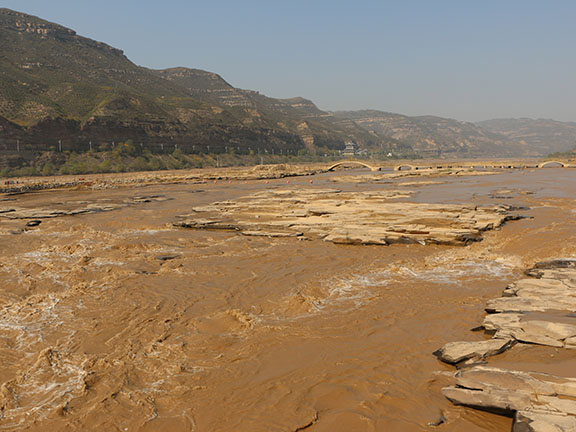The exceptional sediment load of fine-grained dispersal systems: Example of the Yellow River, China — Ma et al., 2017
We’ve just published an exciting new paper in Science Advances which assess the transport of sediment in fine-grain river systems. The research is driven by Postdoctoral Researcher Hongbo Ma, who is the first author on the publication. I led the field survey and processed the Multibeam data of the Yellow River channel bed that you see in a few of the figures in the paper.
Hongbo has identified a physical explanation for why fine-grain rivers are able to move so much sediment. In short, it has to do with the organization of the channel bed, whereby dunes are wiped out at high Froude number flows with a small grain size on the bed. This reduces the form drag in the river and allows for more skin friction on sediment to bring into suspension. Hongbo continues to make strides in identifying a “phase transition” in sediment transporting systems that helps to explain the observations made in the Yellow River.

You can get the paper here, or uploaded to my site as a pdf here.
There is a full article about the research with loads more information, including a video interview, from the Rice press department here. And an article from the National Science Foundation (funding organization) here. A Scientific American video explaining some of the research is available here.
